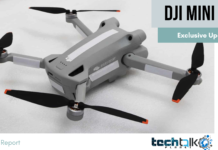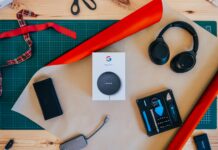Research for Human Brain function using an artificial thumb connected to the palm has delivered some interesting results. A few days after initiating robotic use, people were able to construct towers out of wooden blocks and prepare coffee using their new robotic thumb. While participants began to believe that the robotic thumb, worn on the side of the hand opposite the user’s actual thumb, was an extension of their own bodies, they progressively became aware of an additional sensation; that is, the feeling that their robotic thumb was ‘alive’.

A recent study published in the journal Science Robotics illustrates how robots and prosthetics might be used to boost physical capabilities. To better comprehend the impact of these tools on our brains, studying the responses of the body to various augmentation approaches is important
The UCL and Oxford researchers stated the third thumb was 3D-printed, making it more comfortable for each user to use. Pressure sensors were placed on the feet of those who were wearing them. Tingles in the toes, transmitted wirelessly via the thumbs, detected even little changes in pressure, providing early feedback to the wearer.
For the study, twenty individuals had completed five days of training. As a matter of fact, they were permitted to bring the thumb home and utilize it in actual-life situations. In order to achieve the level of faithfulness necessary for their study, the participants wore the thumb on their hand for two to six hours per day during the study period.
“Body augmentation is a rapidly emerging field, but we do not understand how our brains can adapt to it,” stated UCL Institute of Cognitive Neuroscience lead author Professor Makin. To answer these key concerns, the researchers aimed to investigate the human brain’s ability to sustain an additional bodily component.
Paulina Kieliba, the first author of the study, believes that the procedure could benefit society in multiple ways. “With a line of work like this, we might potentially revolutionize the entire concept of robotics, and enable someone who is unable to use both hands to perform any task they need to do with their hand.”
However, to get there, additional research is required to determine how these technologies interact with our brains and brains in general.
Read More – Google Wants To Make Your Android 12 Phone Your TV Remote.
























































